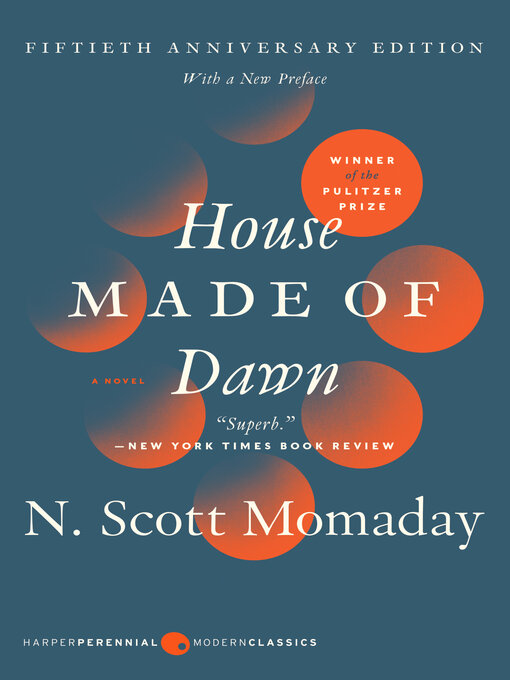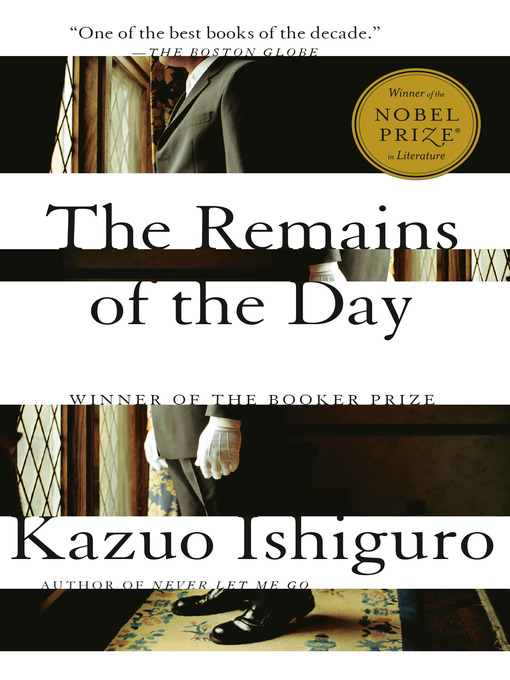The title above may look like an oxymoron since classic literature is by definition not new. But the passage of time guarantees an ever-growing number of books qualify for the designation. With such a richness of titles, no recommended reading list can be considered comprehensive. Once we realized it had been nearly a decade since our last update, DBRL has now revamped our classics lists. Following are some of the “new” titles we’ve added.
U.S. Fiction, Drama and Verse:
 “The Joy Luck Club” by Amy Tan. First published in 1989, this book explores multi-generational relationships through the stories of four San Francisco women — all Chinese immigrants — and their daughters. When one of the women dies, her adult daughter takes her place at the weekly mah-jongg gatherings, learning new information about her mother’s life in the process.
“The Joy Luck Club” by Amy Tan. First published in 1989, this book explores multi-generational relationships through the stories of four San Francisco women — all Chinese immigrants — and their daughters. When one of the women dies, her adult daughter takes her place at the weekly mah-jongg gatherings, learning new information about her mother’s life in the process.

British/U.K. Fiction, Drama and Verse
 “The Remains of the Day” by Kazuo Ishiguro. A man at the end of a long career as a butler ruminates on the value he has added to the world with his service. He is troubled by doubts about the character of his employer of 30 years and wistful about lost opportunities in his personal life. This novel won the 1989 Booker Prize for Fiction and has been adapted into a movie.
“The Remains of the Day” by Kazuo Ishiguro. A man at the end of a long career as a butler ruminates on the value he has added to the world with his service. He is troubled by doubts about the character of his employer of 30 years and wistful about lost opportunities in his personal life. This novel won the 1989 Booker Prize for Fiction and has been adapted into a movie.
 “The Prime of Miss Jean Brodie” by Muriel Spark. In 1930s Edinburgh, a teacher in a private girls’ school holds tremendous influence with a group of students, entangling them in her personal life, until one of them betrays her. The 1961 novel has been adapted into a screenplay, a movie, and a miniseries.
“The Prime of Miss Jean Brodie” by Muriel Spark. In 1930s Edinburgh, a teacher in a private girls’ school holds tremendous influence with a group of students, entangling them in her personal life, until one of them betrays her. The 1961 novel has been adapted into a screenplay, a movie, and a miniseries.
Ancient Classics
“The Analects of Confucius.” Writings and sayings from one of the world’s preeminent philosophers, as recorded by his followers. It focuses largely on ethics and virtue, and has been widely read in China for approximately 2,000 years.
Nonfiction Classics
“Maus” by Art Spiegelman. Our only title on the list in graphic novel format is a Pulitzer Prize-winning account of the Holocaust, as experienced by the author’s father. The story was originally published in serial format and has now been translated into more than two dozen languages.
“Mastering the Art of French Cooking” by Julia Child. Continuously in print since 1961, this book helped revolutionize cooking in the United States. It was years in the making, as Child, along with co-authors Simone Beck and Louise Bertholle, tested and perfected every recipe before publication.
World Fiction, Drama and Verse
“Abigail” by Magda Szabo. In World War II Hungary, a teenage girl is sent to stay at a strict religious school while her father is away. She finds herself in conflict with school rules, teachers, and fellow students as she rebels against her new situation. But as she comes to discover, there are bigger problems brewing for her life. The book was first published in 1970 but not translated into English until 2020.
“Like Water for Chocolate” by Laura Esquivel. A large measure of magical realism suffuses this story of Tita, who pours all her feelings into her cooking as she chafes against her assigned role as her mother’s caretaker, a duty that keeps her from the man she loves.
Happy reading, everyone!


